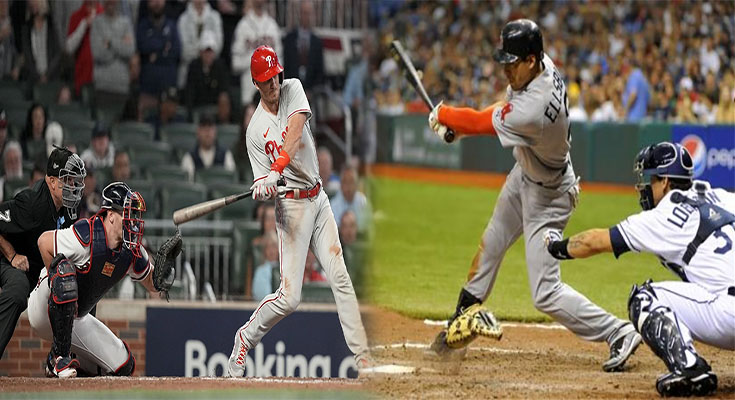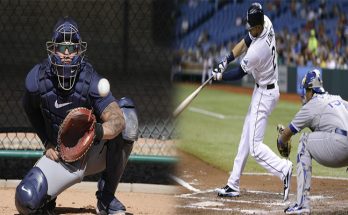Baseball is a sport with many intricate rules that govern different aspects of the game. One such rule that often sparks controversies is the concept of catcher’s interference. This rule comes into play when the catcher obstructs the batter’s ability to swing the bat, leading to a range of potential outcomes. In this article, we will dive into the details of catcher’s interference, exploring its definition, consequences, and how it is determined in a game.
What is Catcher’s Interference?
Catcher’s interference occurs when the catcher, intentionally or not, hinders the batter’s ability to hit the ball. The interference can happen during the batter’s swing or even before they make any contact with the ball. It is often the result of the catcher moving too close to the batter, reaching over the plate, or getting in the way of the swing path.
Consequences of Catcher’s Interference:
When catcher’s interference is called, the batter is automatically awarded first base. The play continues as if the pitch were an ordinary ball, regardless of whether the batter hits the ball or not. The batter is not penalized for any missed swing or any contact that does not result in a hit. Instead, the interference is viewed as an unfair advantage to the defense and an obstacle for the batter to make a clean swing.
Determining Catcher’s Interference:
Catcher’s interference can be quite challenging to determine, as it often happens in the blink of an eye during a fast-paced game. Umpires play a crucial role in making the call. They must be vigilant and observant of the catcher’s position and the batter’s swing. They will judge if the catcher’s actions hindered the batter’s ability to hit the ball fairly.
If a catcher makes contact with the batter or their bat during the swing, interference may be called. However, the umpire has to discern whether the catcher purposely initiated contact or if it was merely an accidental collision, as unintentional contact does not automatically result in interference.
The Importance of Catcher’s Interference Rule:
The catcher’s interference rule exists primarily to ensure fairness and protect the batter’s ability to make a clean swing. Without this rule, catchers might intentionally block the batter’s swing or reach over the plate to disturb their hitting rhythm. Catcher’s interference discourages such unfair tactics and upholds the integrity of the game.
Catcher’s interference is an essential rule in baseball that prevents catchers from obstructing batters during their swings. It guarantees fair play and grants the batter an opportunity to reach base when such interference occurs. Umpires play a crucial role in determining whether the catcher’s actions were intentional or accidental, ultimately affecting the outcome of the play. By understanding and following the rules of catcher’s interference, players, coaches, and fans can ensure an enjoyable and fair game of baseball.





